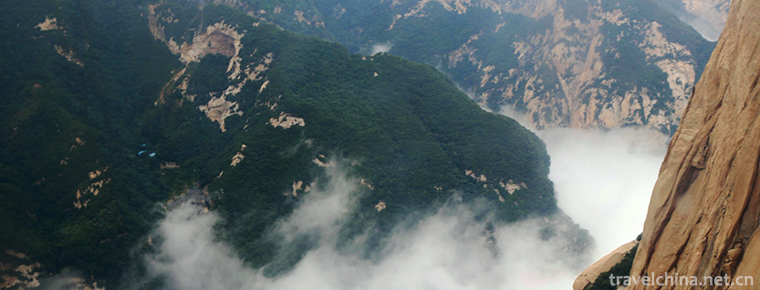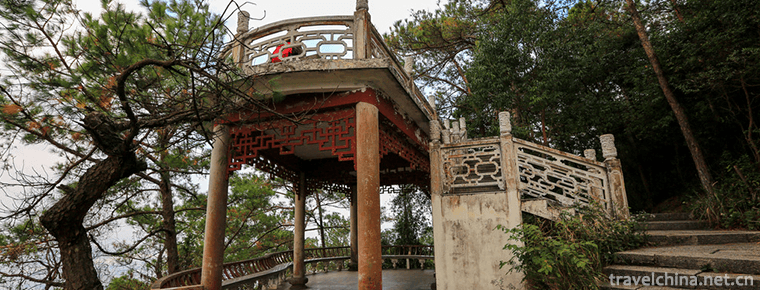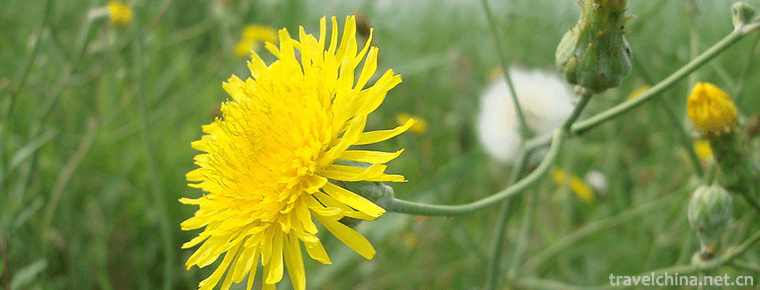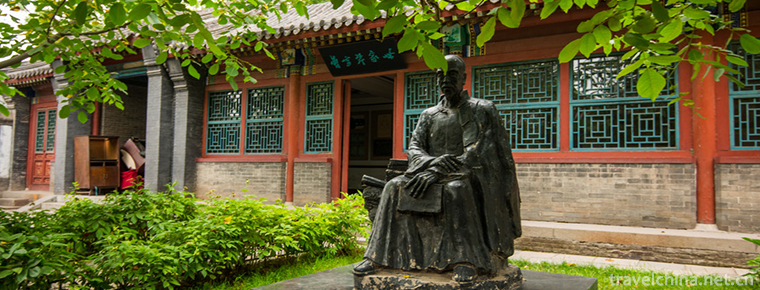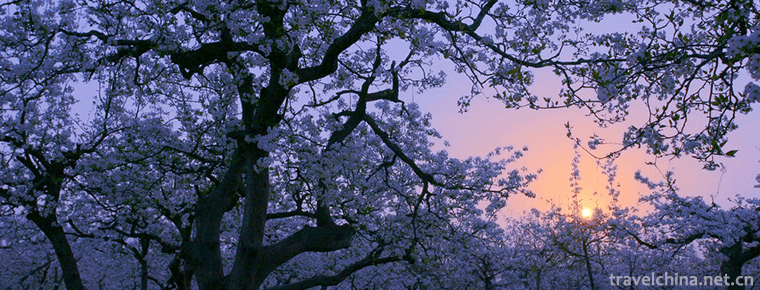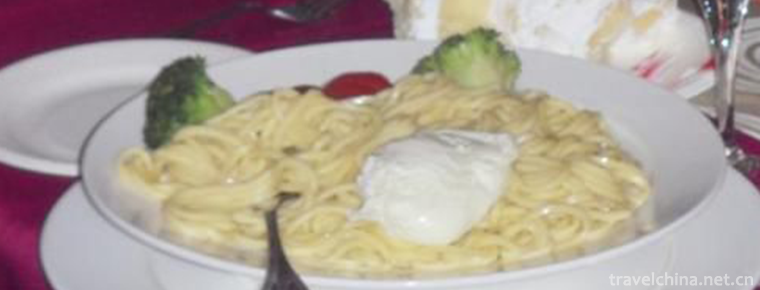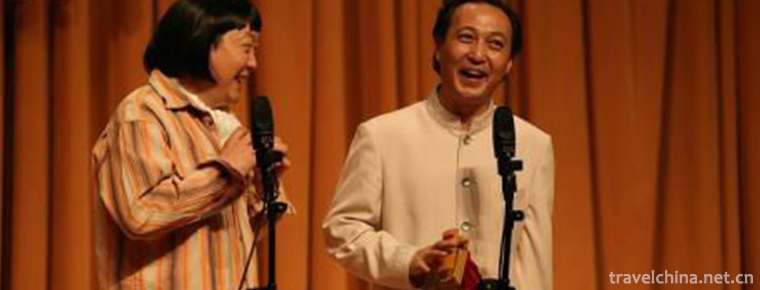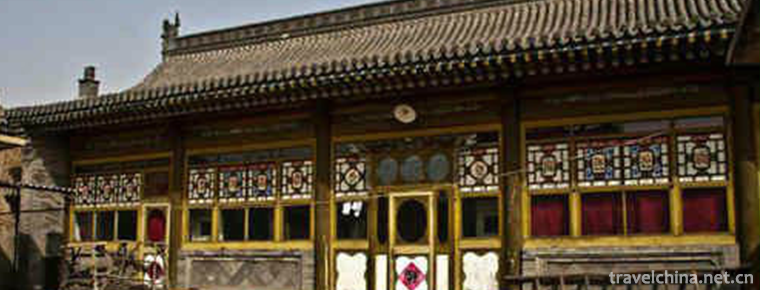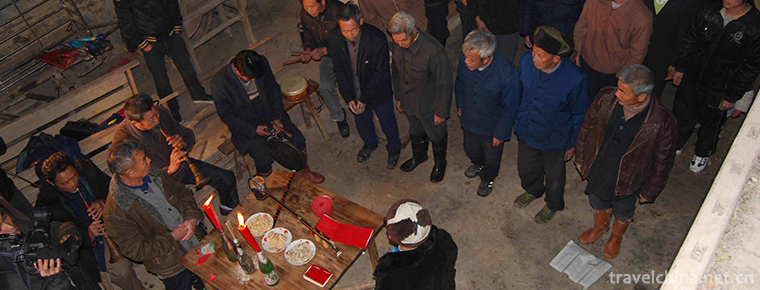Encouragement of Sangzhi Battle
Encouragement of Sangzhi Battle
Sangzhi Bai people's fighting drum is mainly distributed in seven Bai villages and towns, such as Mahekou, Maidiping, Furong Bridge, Hongjiaguan, Zoumaping, Linxi River and Liu Jiaping. In other half counties, such as Guandiping and Ruitapu, fighting drum is also popular.
brief introduction
distribution
Development
Sangzhi Bai people's fighting and drumming has gone through two major periods of development. First, Bai's migrant ancestors came to Sangzhi to settle down and developed with Tujia and other nationalities, creating the primitive prototype of Bai's battle encouragement. Second, in the early Ming Dynasty, social development, immigrants came to Sangzhi to settle down, the population of Bai's area increased, and the battle encouragement got considerable development, and constantly improved the art system of battle encouragement.
Tricks
Sangzhi Bai people have many ways of fighting drums, such as "Ninety-eighty-one ways of turning over hard, looking at the moon by rabbits, whipping by tyrants, and sitting on the balcony by lions", which are flexible and changeable. When dancing, people hold drums and take the "inverted T-step" as a step. They stand in tripartite groups.
Characteristic
"Only good dancers are good at fighting." Sangzhi Bai nationality encourages the same origin of Wushu with drums. Affected by war and harsh natural environment, Bai people fully integrate Wushu, which can cultivate strong will and enhance physical fitness, into dance, such as "Sugong's back sword, wild horse's split mane" and so on, with vigorous movements, without losing the delicacy of dance.
Sangzhi Bai people's fighting drums have a bright rhythm and are rough and generous. With the cooperation of gongs, drums, suonas and other national instruments, people dance and enjoy themselves.
Sangzhi Bai people are not bound by props. When dancing, farm tools or any living utensils can be used as props, which is generous and shows the beauty of primitive simplicity.
Affected by the regional environment, Sangzhi Bai people's fighting drum has the rhythmic characteristics of bending, kneeling, relaxing and sinking.
History
Sangzhi Bai people's fighting drum has a long history and rich artistic connotation. Over 700 years of inheritance has provided an important basis for the study of Bai people's production and living customs. At the same time, it also provides inexhaustible material for the creation of dance art.
inherit
Like other folk arts, Sangzhi Bai people's fighting drum inspiration is influenced by the extreme leftist trend of thought of the Cultural Revolution and the impact of foreign culture. People's interest in this kind of ancient folk art is becoming weaker and weaker. The aging of the fighting drum teachers and the lack of successors make many traditional Wushu movements on the verge of being lost.
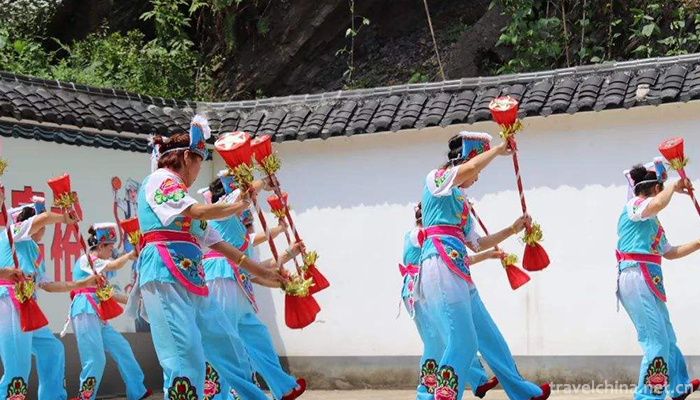
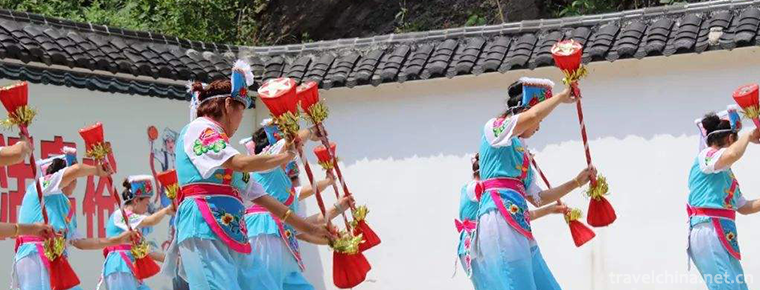
Encouragement of Sangzhi Battle
-
Mount Hua
Mount Hua, known as "Xiyue" and "Taihua Mountain" in ancient times, is one of the five famous mountains in China and the birthplace of Chinese civilization
Views: 381 Time 2018-10-30 -
Guyang Qincheng Great Wall Site
The site of the Qincheng Great Wall in Guyang is located in the Yinshan Mountains in the central part of Inner Mongolia Autonomous Region, along the Damiao, Yinhao and Xidoupu in the northern part of
Views: 133 Time 2019-01-12 -
Qianchuan Scenic Spot
Qianchuan Scenic Spot, a national-level scenic spot announced by the State Council in 2004, is situated on the Bank of the Yellow River 20 kilometers east of Heyang County
Views: 125 Time 2019-02-07 -
Rong Guo Fu
Rongguofu, located in Zhengding County, Shijiazhuang City, Hebei Province, is a group of archaized buildings with the culture of the late Ming and early Qing Dynasties as the background. In 1986
Views: 208 Time 2019-02-07 -
Taierzhuang Ancient City Scenic Area
Taierzhuang Ancient City, located at the center of the Beijing-Hangzhou Grand Canal, is located at the junction of Taierzhuang District, Zaozhuang City, Shandong Province
Views: 178 Time 2019-02-13 -
Xia Jin Old Yellow River Forest Park
The forest park scenic spot of the old Yellow River in Xiajin is the ruins of the old Yellow River. It is a national AAAA-level scenic spot. It is located in Xiajin County, Shandong Province
Views: 407 Time 2019-02-25 -
Baxian longevity noodles
Make it with Udonghua noodles. With turtle, old turtle boiled soup, turtle has a nourishing role, old turtle represents longevity. Take shrimp, squid, sea cucumber, black fish balls
Views: 212 Time 2019-03-27 -
Shulaibao
Shulaibao, a traditional Chinese folk art. Popular in northern China, the source is a means for beggars to ask for money. One or two people sing. Beat with a bamboo board or with a copper bell attache
Views: 255 Time 2019-06-15 -
Construction Techniques of Yanmen Folk House
Yanmen folk house construction technology is a traditional skill with local characteristics in Xinzhou, Shanxi Province. It was listed in the third batch of intangible cultural heritage list in 2011.
Views: 156 Time 2019-07-10 -
Folk Beating and Playing in Zhijiang
Zhijiang folk wind and beating music is a kind of traditional folk music art which is widely active in Zhijiang area of Hubei Province. After years of development and evolution, the folk blowing and p
Views: 271 Time 2019-07-25 -
Huanglian earth forest
Huanglian earth forest, namely the earth forest in huanglianguan Town, is a geomorphic landscape developed on a set of ice water freeze-thaw debris flow deposits. Huanglian earth forest is located in huanglianguan Town
Views: 173 Time 2020-10-16 -
Neijiang in the new China period
From December 5 to 15, 1949, the people of Neijiang and other eight counties declared liberation one after another. In 1950, the office of Zizhong Commissioner moved to Neijiang and was renamed Neijiang special area. It has jurisdiction over Neijiang
Views: 251 Time 2020-12-16
